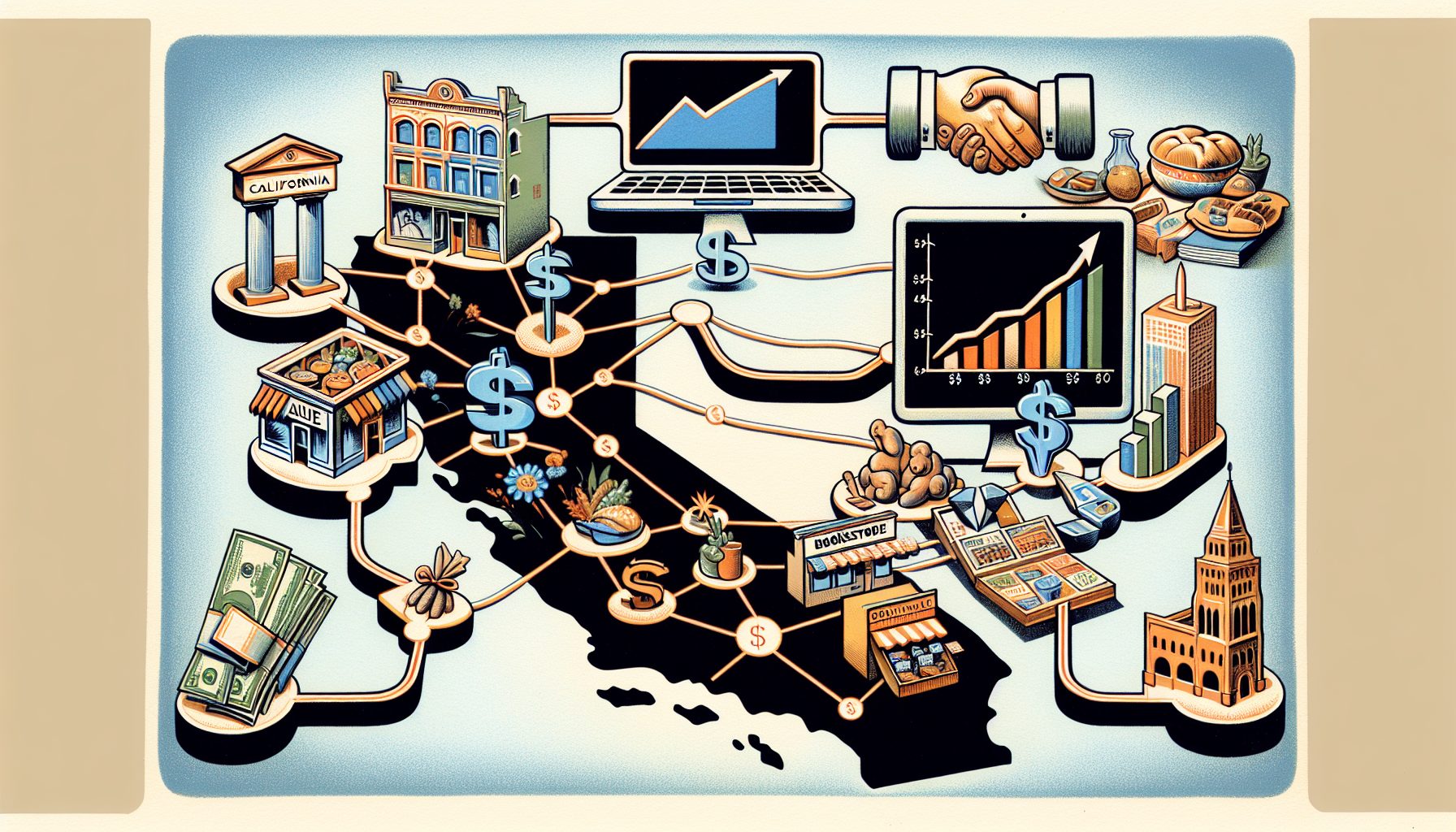By taking both operational and capital expenses into account when calculating profit, EVA better reflects the way investors estimate the value of a company’s stock, proponents say.

To do this, EVA treats capital investments differently than they are handled in Generally Accepted Accounting Principles (GAAP), the standard rules for financial reporting. GAAP removes capital expenses from the income statement used to judge profitability. But to generate positive EVA, a business must clear a higher hurdle—revenues must exceed operating expenses, taxes and a charge for the “cost of capital.”
Stern Stewart associate Karl Tichler says this boils down to weighing the benefits of acquiring a new server, say, against the financial drain of the purchase. Cost of capital is a factor of the debt or equity investment the company must attract, as well as the risk of spending money rather than saving it.
Taxes are also typically left out of a GAAP analysis of operating profit, but EVA includes an assessment for taxes even when looking at a division that may have little control over corporate tax strategy. While EVA tends to produce a more conservative picture of profits and losses, that’s not always true. EVA allows research and development expense to be treated as a capital investment spread over several years because the benefits presumably will be realized over many years.
Although it’s not specifically a technology return on investment measure, EVA can be applied to information systems as well as to any other capital investment. But Bix Norman, a former Herman Miller executive who introduced EVA as president of the company’s SQA division, cautions that the methodology should not be applied too narrowly.
“People can get risk-averse when they look at EVA on a project-by-project basis,” Norman says. When used properly, however, EVA creates an incentive to keep operations as lean as possible, “with no wasted capital anywhere.”








